Making a Difference: VNS Health Nurses Share Some of Their Most Memorable Cases
May is National Nurses Month. Every day, VNS Health nurses make a tremendous impact on the people, families, and communities we serve.
The theme of this year’s National Nurses Month is “Making a Difference.” With that in mind, we asked ten VNS Health nurses to recall an experience in which they made a difference in their patients’ lives—and vice versa. As you’ll see, every one of these stories features a component of one of our Core Values—Empathy, Agility, and Integrity. To read a specific individual’s story, click on their name or scroll below.
- Antoinette Brown, Home Care
- Dorrett Dennis, Behavioral Health
- Jasminda Evans-Paz, CCSS
- Yvan Fortunat, Home Care
- Kelly LaMore, Health Plans
- Eara Liefden, Personal Care
- Millie Moy-Thompson, Home Care
- Grace Terosa, Hospice Care
- Anne Walsh, Wound Care
- Donna Wilson, Care Management Organization

“I’m so glad that my instincts were correct. This is just one of the many rewarding parts of what I do.”
Antoinette Brown, RN, Home Care, Bronx
“A little over a decade ago I had a patient who had cancer, and who’d been in and out of the hospital. At one point the doctors told her that there was nothing more that they could do for her, and sent her home with morphine and a Foley catheter. I felt a bond with the patient from the very beginning—she had a 20-year-old son, who was the same age as my daughter at the time.
“When I first started seeing her, most of what I did was tend to her Foley catheter as well as other needs. She was pretty much resigned to die. She was also having uncomfortable symptoms, like flashes from morphine withdrawal. For some reason, I wasn’t sure about the diagnosis she’d gotten, especially since she was so young—only in her thirties. So I kept urging her not to give up hope and to consider all her options. She decided to go to Memorial Sloan-Kettering for a second opinion and ended up getting treated there. I knew that they put in a stent as well as other treatments, but that’s all I knew. Because she was no longer our patient, we lost touch after that.
“I always wondered what happened to her, and thought about her often. It’s been 10 years since she was in my care, which is a long time. Then, just last week, I ran into her on the street. She was walking her dog, and she’s thriving! No recurrence or anything. I’m so glad that my instincts were correct. This is just one of the many rewarding parts of what I do.”
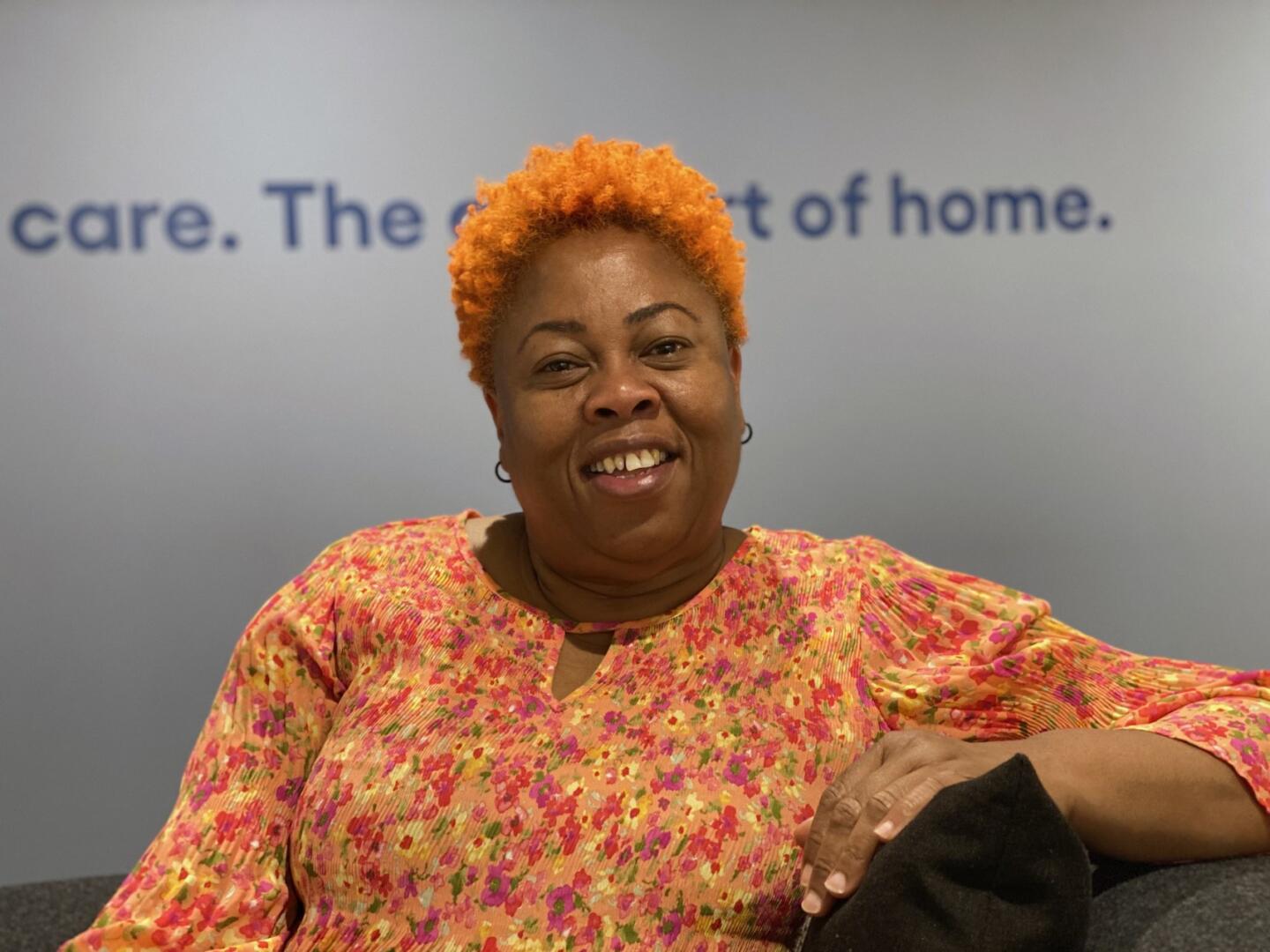
“We talked to him, celebrated him, and, of course, rocked out to Black Sabbath!“
Dorrett Dennis, RN, Behavioral Health, Brooklyn Intensive Mobile Treatment
“I have a caseload of 27 clients, most of them psychiatrically unstable. My main job is to go out and see each one once a week to check up on them and give them their medication. If I can’t find them at their shelter or residence, I go out in the neighborhood to look for them—under the bridge, or wherever they might be. Many of these patients are reluctant to be seen, at least initially, but we keep trying. Our job is to interact and engage with them until they come around to accepting treatment. We often wind up advocating for them in court as well.
“One client who lingers in my mind was a 60-year-old man from Staten Island, who had been in our program for several years. He was placed in a shelter in East New York, Brooklyn. It was a residence in which he had a small studio apartment and was originally receiving services, like medical and psychiatric visits, but he soon fell out with the residence because of his behavior. He was the only white person in the residence, an admitted alcoholic with other psychiatric diagnoses as well, and when he was drunk he would become very belligerent. He still lived there but was now without services, so I wound up seeing him weekly to take his blood pressure, give him his meds, and provide anything else they were no longer doing for him. He called me and my colleague names, but I understood where that was coming from. We talked – I told him that there were better ways to communicate when he is upset, and he said that people hurt him and that he just wanted to hurt them back. He was difficult, but I got to know him, and we developed a close connection. As he neared 60, he often said that he wanted to go and be with his parents, who were deceased. I tried to cheer him up, often with music. I’d play him “Hotel California” by the Eagles to calm him down, but his real passion was Black Sabbath! ‘Black Sabbath all the way,’ he’d say. He was a Sabbath fan to the bone!
“One Tuesday I went to see him, but he wasn’t in his room. I canvassed his neighborhood haunts, like the bottle depot near the supermarket, but nobody had seen him. The residence staff hadn’t really been paying attention since he was no longer getting services there, but I pursued it with his case manager, and finally learned that he was in the ICU at Brookdale. When I pulled some strings to get to see him there, I was shocked and distressed to find him on a ventilator and unconscious. He’d gotten into a fight at the bottle depot in which a guy punched him and he fell backwards, unstable and probably drunk, and hit his head. I knew that he wouldn’t want to be on a vent, because he had a document called Five Wishes, which is essentially a DNR. The doctors and nurses at Brookdale were wonderful. They allowed a small group of us—including some staff from his residence—to throw a party at his bedside before they removed him from the vent. He never regained consciousness, but we talked to him, celebrated him, and, of course, rocked out to Black Sabbath! We were with him when he took his last breath. It was a very moving experience.
“He never really got to enjoy life as much as he should have, but he was not alone when he died. We gave him a send-off that he would have loved.”
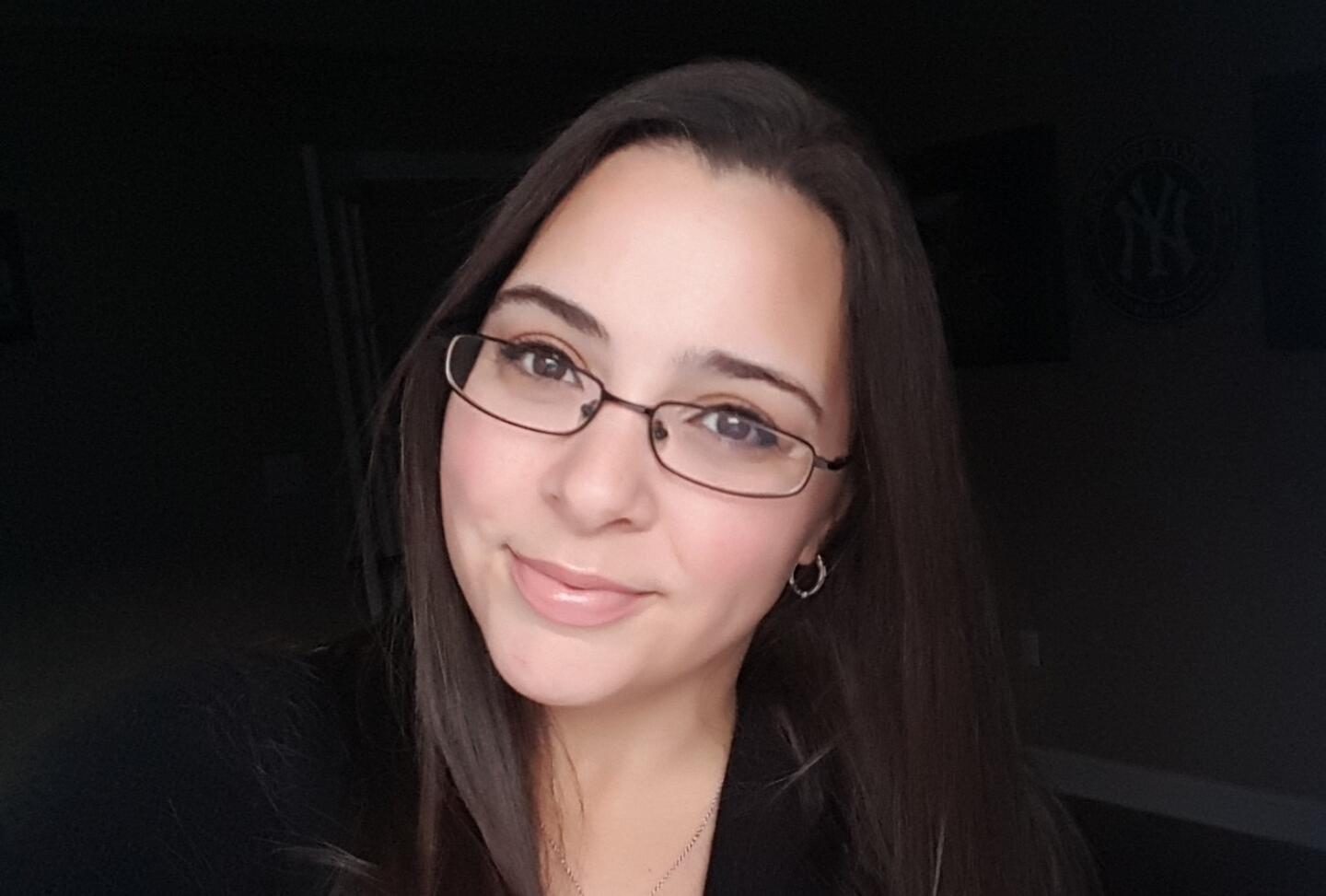
“I was able to touch her over the phone, and she was very grateful … I felt like I was able to bring her a sense of peace.”
Jasminda Evans-Paz, RN, Senior Clinical Specialist, Contact Center Shared Services
“Back when I was a field nurse with VNS Health, prior to coming over to the Contact Center, I had a pediatric hospice patient who really stuck with me. Caring for her, and helping her family through that, made a world of difference in my life and career, and made me fall in love with pediatric hospice—as difficult a field as that is. That case still resonates with me; and it carries through to the telephonic work that I do today.
“A year ago, I had a case with a terminal four-year-old child and her very dedicated mom. I don’t remember what her diagnosis was, but my initial call with the mom was about medication refills. I just got the vibe over the phone that she was extremely stressed and overwhelmed. I asked how her child was doing and she expressed that she was declining. She was very worried about what was coming next—about what her daughter was going to go through when she passed away—and she was extremely anxious about the future.
“We wound up having a long talk about mindfulness. I encouraged her to focus on being present in the moment and on making the most of the time she had left with her daughter, and not to worry about what was going to happen later. It seemed to bring her back and calm her, and it helped her connect with what she had control over right now. It was a very touching moment. And even though it was all done over the phone, it was very impactful. Because of my field work, I knew what she was going through, for it brought back my own prior experiences. I was able to touch her over the phone, and she was very grateful to be brought back into the moment. I felt like I was able to bring her a sense of peace under devastating circumstances, and that’s a wonderful feeling.”

“He is an inspiration to me every day. He’s much more than just a patient or a condition.”
Yvan Fortunat, RN, Home Care, Brooklyn
“I work on weekends and Mondays, which means that I admit a lot of cases for clients who’ve just been discharged from the hospital. I’m often the first VNS Health face that a new patient gets to see, so a big part of my role is also to leave them with a good impression about the organization and the care and consumer experience that we provide.
“Because of my weekend schedule, many of the patients I see are one-time clients, but I do have a regular patient I’ve been seeing for many years now, and we have a special rapport. He’s in his mid-forties, which is relatively young in terms of the usual patients we see. He was a motorcycle and car afficionado, and became paralyzed after a motorcycle accident in his thirties. I see him at least once a month, often for wound care—he keeps getting wounds that open up again—but there’s a lot more than that to his care.
“While I’m checking his vitals and changing his dressing, we talk about things that have nothing to do with his status as a person with a handicap—motorcycles, cars, the news, and lots of high-level, idealistic stuff. He’s from South Korea and I’m from Haiti, so we have a common background as immigrants to the US. He is in chronic pain and on morphine, but I sense that our conversations help take his mind off of the pain.
“I hope that I’m a bright spot in his day. I think that I get a lot more from him than he gets from me. I’ve learned so much—about Korean culture, about his approach to life, and so much more. He is an inspiration to me every day. He’s much more than just a patient or a condition. He’s a human being.”
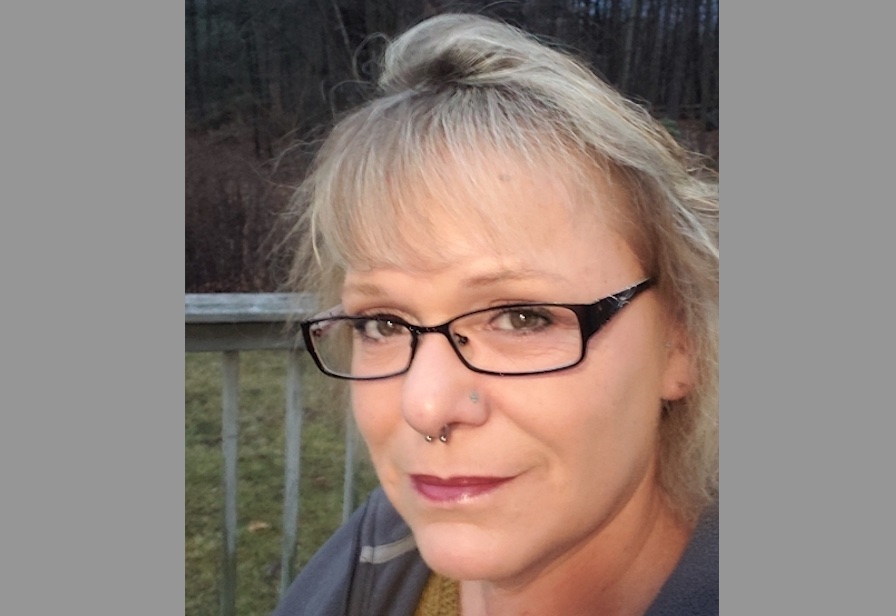
“My work is all telephonic, but I know that I have an impact on our plan members.”
Kelly LaMore, RN, Care Coordinator, Health Plans
“My work with Managed Long Term Care [MLTC] case management is all telephonic, but I know that I have an impact on our plan members—and I strive to do so. I live in northern Saratoga County in the New York State Capital region, between Saratoga and the foothills of the Adirondacks and provide care management for MLTC members in this area. As beautiful as it is, it can be a bit of a challenge to coordinate services here. What I deal with involves anything from getting services in place to changing the size of a member’s incontinence briefs to making sure that someone gets the motorized wheelchair they need. It’s always a collaborative effort across the organization—and always a rewarding one.
“One instance that comes to mind is a 30-year old quadriplegic plan member who needed a new Clinitron bed, which is a special type of therapeutic hospital bed designed for in-home wound healing. Individuals who are bedbound often suffer from pressure ulcers—what people used to call bed sores—and a specialized bed to address and minimize those can really improve a person’s quality of life. His bed had broken and the company that used to service that bed no longer did so. So I reached out to the case manager at his primary care office, and between the two of us we were able to obtain a new bed for him.
“Afterwards, his mother got on the phone and said ‘I just don’t know what I would have done without you.’ I work with a great team—I’m always asking them for advice, and I’m constantly worrying whether there’s anything more I could have done—so it’s always great to receive validation from a member or caregiver that I was able to make a difference.”
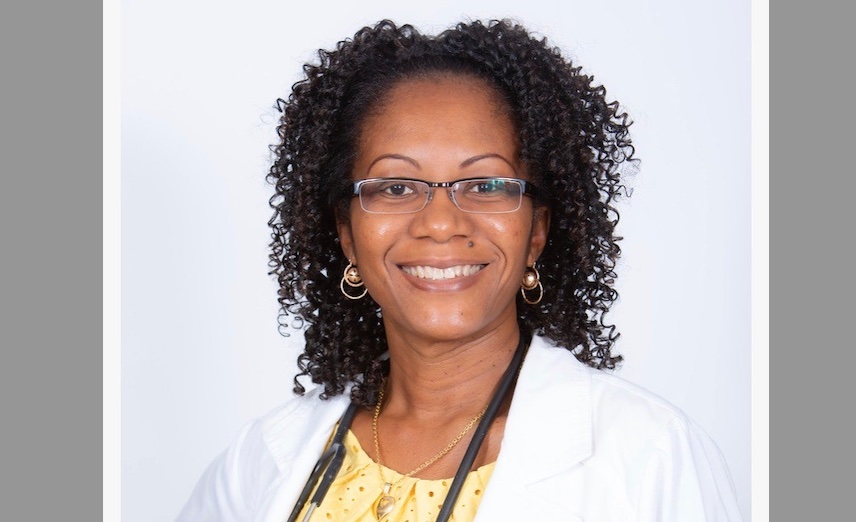
“Nursing is not about ego—it’s all about caring for the patient.”
Eara Liefden, RN, Nurse Field Supervisor, Personal Care
“As a nurse field supervisor, I work with both Private Pay and MLTC clients. My job involves opening cases, answering questions, regular patient visits, monitoring for any changes, and training aides and skilled nurses as needed. I’m particularly busy now because we’ve just started offering our Personal Care services in Suffolk County, and there are very few clinicians out there currently, so I often wind up spending many hours on the road to cover everything.
“I recently had to go to Nassau County to open a case. This was a patient who had just come back from the hospital with respiratory issues—she had COPD and several other issues, and she was bedbound. I arrived in the late morning to open her case, expecting to find her home health aide there, but the aide had called in sick that day. Because the patient’s husband was away at work, I just did what needed to be done—changing her diaper, washing her up, making her breakfast, and retrieving the clothes that she wanted for the day. She was really calling out the orders! I used to be a certified nursing assistant, so none of this was new for me, even though technically none of that was part of my job description. But I was happy to oblige. Nursing is not about ego—it’s all about caring for the patient. I was glad I had enough time between clients that day to tend to her needs. And she was so very thankful afterwards.”

“All of my patients are important to me.”
Millie Moy-Thompson, RN, Home Care, Manhattan
“All of my patients are important to me, but there’s one who does stand out. She’s a woman in her late thirties who became a paraplegic after breaking her neck in a diving accident when she was 19. When I first visited her, she had just been released from the hospital after hip replacement surgery, and she had a VAC [vacuum-assisted closure] dressing. I was changing her dressing three times a week per protocol, but there was too much drainage going on, which meant something was wrong. After I alerted her doctor, an infection was diagnosed and her prosthetic hip was replaced. Unfortunately, that didn’t take either, because she started getting blisters along the incision line. Ultimately, they removed the hardware and determined that she couldn’t take another implant because she’d already been through so much. She’s been in bed for about a year now, but is slowly easing back into her wheelchair. I understand her frustration and depression, and I admire her spirit. She’s very independent and works as a photographer. She doesn’t really need a hip replacement at this point because she’ll be in a wheelchair for the rest of her life and won’t ever get back to walking, but it’s been tough for her. I am very glad that I pursued that initial drainage problem, because the infection could have led to much worse outcomes.”

“Dying is the final chapter in the book of life. It is a privilege and honor to be there for my patients and help them navigate it.”
Grace Terosa, RN, Hospice Care, Manhattan
I didn’t want to be a hospice nurse initially. About 10 years ago, I had a young family member who was dying of lung cancer. The hospice nurse kept telling his young wife, do this, do that, don’t feed him when he does not want to eat—and the whole family went ballistic because we didn’t understand why. We all thought he was going to starve to death. There are a lot of nurses in our family but no one has experience in hospice care. Our first instinct was to give IV fluids to a patient who is not eating, but that is not always the right treatment for a hospice patient. However, we were not told why. The process of dying is not something we were taught in nursing school. I wish it had been.
What saved the situation was a great VNS Health hospice nurse I know, whose mother was a patient of mine in another VNS Health program. She helped me understand what was happening with our young family member and provided a rationale about why it was not okay to force or pressure-feed a hospice patient with no interest in eating, which I was then able to convey to the rest of the family.
Now that I am a hospice nurse myself, whenever I meet a patient and their family asking the same questions, concerns and dilemmas we had then, I see myself in them as I was ten years ago. Recalling how helpful that VNS Health hospice nurse had been, I always take time to explain things to patients and their families.
No matter what a family’s financial or educational status is, a dying family member is a great equalizer. Everybody is scared, upset, confused and terrified of the morphine, worried that their loved one is being drugged. So my mission is to explain absolutely everything in detail—what to expect as the patient nears the end of life; what symptoms to look out for, such as signs of pain on a non-verbally responsive patient, or changes in respiratory rate; what medication to use, how to medicate, when to medicate and why we need to medicate. The more the family understands the dying process, the easier and calmer the experience becomes for them.
The dying process is different in every patient. Sometimes we don’t even need to open and use that “morphine in the box.” One great thing about hospice is that we’re available for the family 24/7. They can call the hospice team day or night. We’re all about managing symptoms. With hospice patients, there is very little time to waste. If they’re struggling, we’ll quickly make them as comfortable as possible either by phone or in person. We also have full-time physicians and nurse practitioners who respond to us within minutes.
I consider dying as the final chapter in the book called life—and a very important one. For me, it is a privilege and an honor to be there for my patients and help them navigate it.
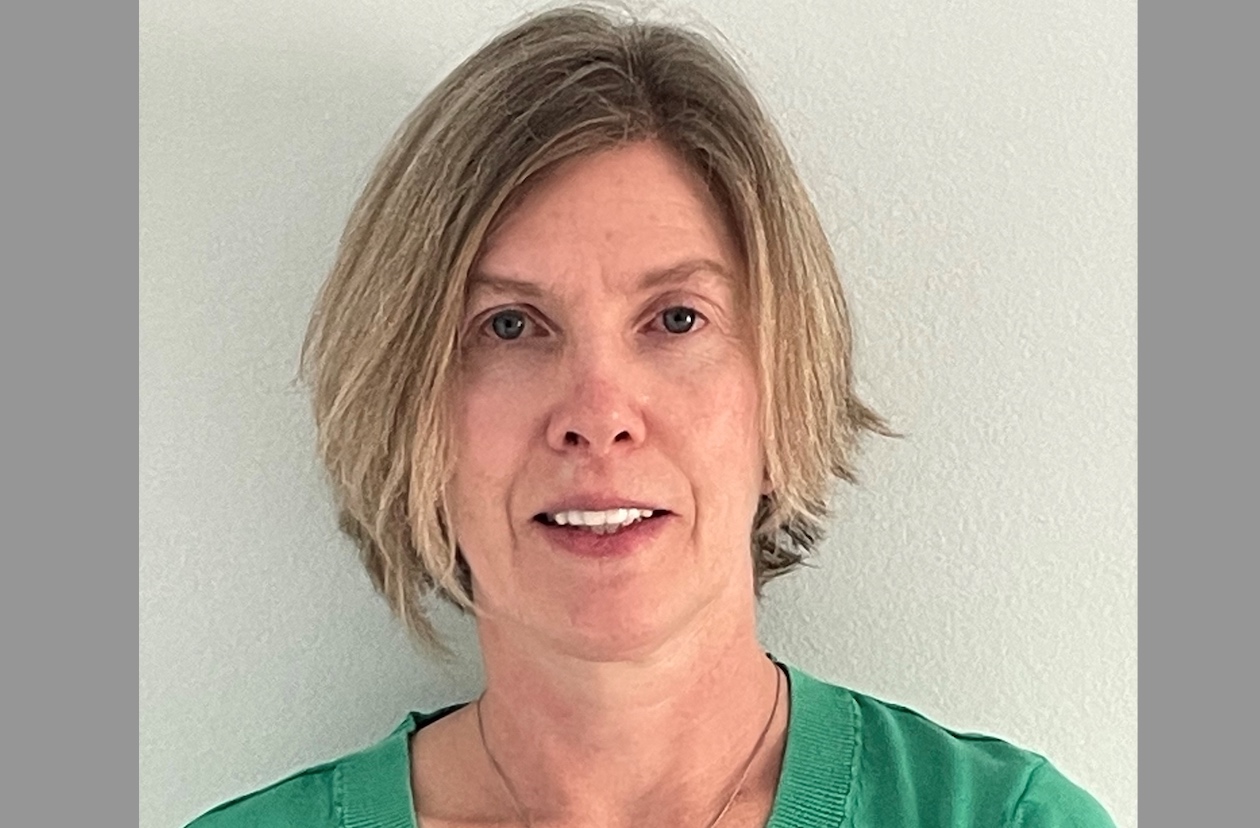
“At the beginning, she was so squeamish. Now she’s calm and is able to take an active role in her mother’s care.”
Anne Walsh, Nurse Practitioner, Wound, Ostomy & Continence Consultant
“I specialize in wound care, and many of my patients come home from the hospital to families who are completely overwhelmed by their very complicated wounds. So I’m not only dealing with the patients, but also with their families and caregivers. It can be very stressful for them as well.
“One of my patients is a 95-year-old woman who is extremely thin and frail. She’s bedbound with multiple comorbidities, and consequently she developed pressure injuries. Her daughter is her caregiver and she was extremely upset and anxious about her mother’s condition. She felt terribly guilty when her mother’s skin broke down on her watch and became distraught, making multiple panicked calls to everybody at the organization, insisting that they send a specialist that instant.
“I was able to calm her down over the phone and over FaceTime, reassuring her that it wasn’t her fault—the skin is the largest organ of the body, and unfortunately it can fail like other organs, despite good care. I also visited every week or so until her mother’s wounds started healing and became more manageable. In addition to reassuring the daughter, I educated her on wound care and on how to reposition her mom to minimize the risk of any more pressure injuries developing.
“Now the daughter is very happy, a changed person. Because I was able to educate her about the situation, she understands and accepts what’s going on and sees the results. At the beginning, she was so squeamish, she’d leave the room when the nursing team tended to her mother’s wounds. Now she’s calm and is able to take an active role in her mother’s care. It was a total transformation, and made the whole situation much easier for all of the caregivers on the team. I’m very glad I was able to help.”
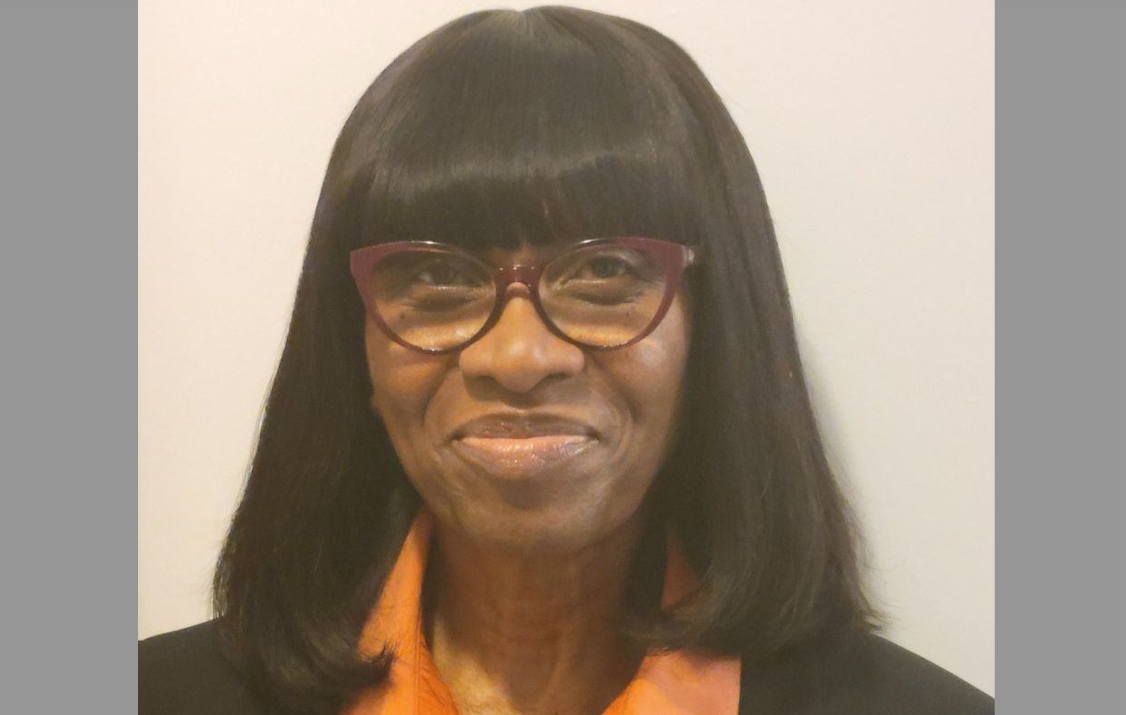
“We touch the lives of our patients and help keep them from falling through the cracks, even if we don’t have any direct contact with them.”
Donna Wilson, RN, Clinical Care Manager, CMO
“As a clinical care manager in utilization management, I perform comprehensive care review of patients’ charts, provide authorizations, and make recommendations as needed. For instance, I might make recommendations for a social work referral or a wound consult, or for a case conference with the Case Manager and/or Clinical Field Manager to discuss what appears to me to be an untimely discharge and or to clarify the patient’s care plan.
“One of the cases I reviewed involved a woman in her fifties who’d been diagnosed with a blood clot. She had weakness and diarrhea and was receiving physical therapy. She also had a diagnosis of alcohol-abuse disorder. I noticed, embedded in one of her PT’s notes, that she had been complaining about suicidal ideation and had expressed intent to harm herself and others. After I spotted this, I reached out to our Behavioral Health team and the Case Rate Clinical Care Manager and sent them a referral. They then reviewed the case and referred the patient to New York City’s Well Mobile Crisis Unit. The case was initially declined due to a miscommunication, but our Director of Crisis and Assessment programs persisted and reached out to the Director of Mobile Crisis and the case was eventually accepted and a visit was made. The Clinical Care Manager followed up with the Mobile Crisis team and was informed that the team found the patient under the influence of alcohol as well as a display of her weapons. The patient was immediately transported to the hospital, where she was assessed as a high flight risk and admitted. It was a real collaborative effort.
“At the end of the day, I really thought, oh boy—this could have turned out so badly, but now she was getting care and was in a safe place. Sometimes it’s just a matter of catching and acting on that one detail that might otherwise have fallen through the cracks. We touch the lives of our patients, even if we don’t have any direct contact with them.”